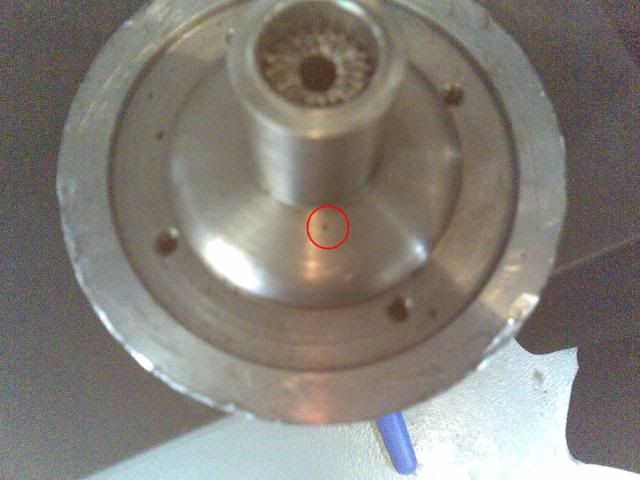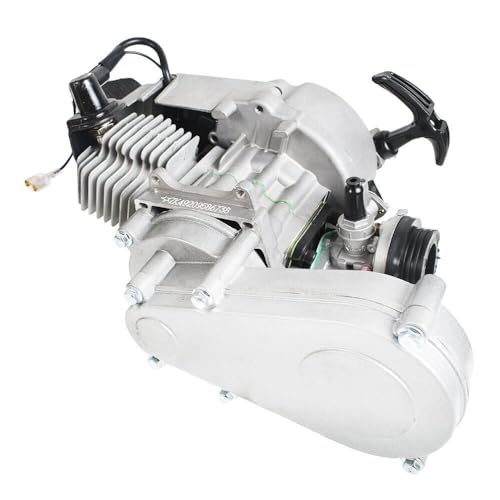Yes kaneo and custom are right ...... it's got everything to do with harmonic buzz causing metal fatigue and crank failure ..... anyone who claims that heavy flywheels at either end of the crank somehow "twist" or "shear" the ends off has both hands on their knob big time ....

Anyone who believes the heavy flywheel "shear" theory should try to explain why the ends of the crank don't shear off on stock motors if you rev the bike and drop the clutch ..... According to their "theory" ... when the engine revs drop suddenly on a clutch drop OR when the engine is revving high then gets stalled instantly on rear wheel lock up under braking .... the flywheel side would shear off in next to no time at all ........ Ha Ha Ha Ha ........
The cranks aren't breaking due to "power" either ...... that's for dead certain ..... IF they WERE .... then they'd shear off in between the right hand side crank bearing and the primary drive gear ....... Even the most crap made crank would support tons and tons of weight off the ends ........
Look at bigger 4 cylinder bikes that put up to 200 hp thru the ends of their cranks ..... when you think about that ....... 20 HP is frig all force on a crank ..... The TRUE answer is that unchecked high frequency vibrations weaken the metal via cyclic loading fatigue (rotating bending stress) ....... to the point that it can no longer handle the loads it was designed to cope with .......
Harmonic buzz aka critical resonant frequency sets itself up at certain points throughout the rev range .... and IF the revs are held for any length of time in the critical frequency zone ....... the metal fatigues and fails .......
The above scenario is more likely to happen in motard or road race engines where sustained high revs are reached and maintained ..... So the complete crank assembly needs to be balanced to operate smoothly at those rpm's .......
ATI - The Dangers of Power Pulleys & Understanding the Harmonic Damper
An exerpt taken from another link :
High-Frequency
[High-frequency vibrations are evident in buzzing and a numbing effect on the feet and fingers of crew members. High-frequency vibrations are caused by an out-of-balance condition or a high-speed, moving part that has been torqued incorrectly. The balancing of high-speed parts is very important. Any build-up of dirt, grease, or fluid on or inside such a part (drive shafting for example) causes a high-frequency vibration. This type vibration is more dangerous than a lateral or vertical one because it causes crystallization of metal, which weakens it. This vibration must be corrected before the equipment can be operated.]



